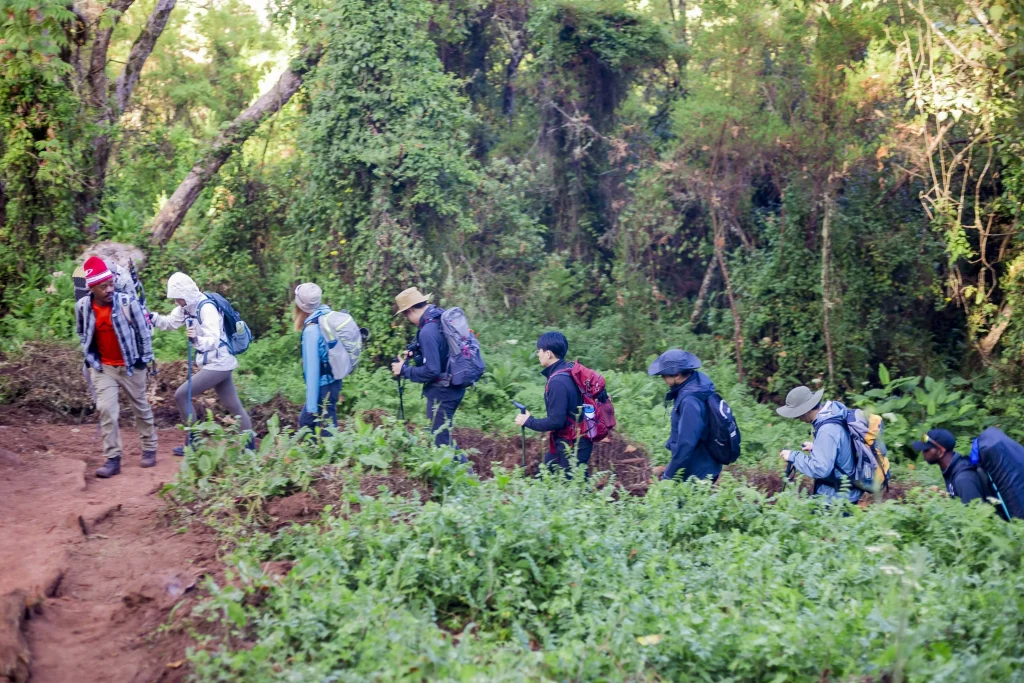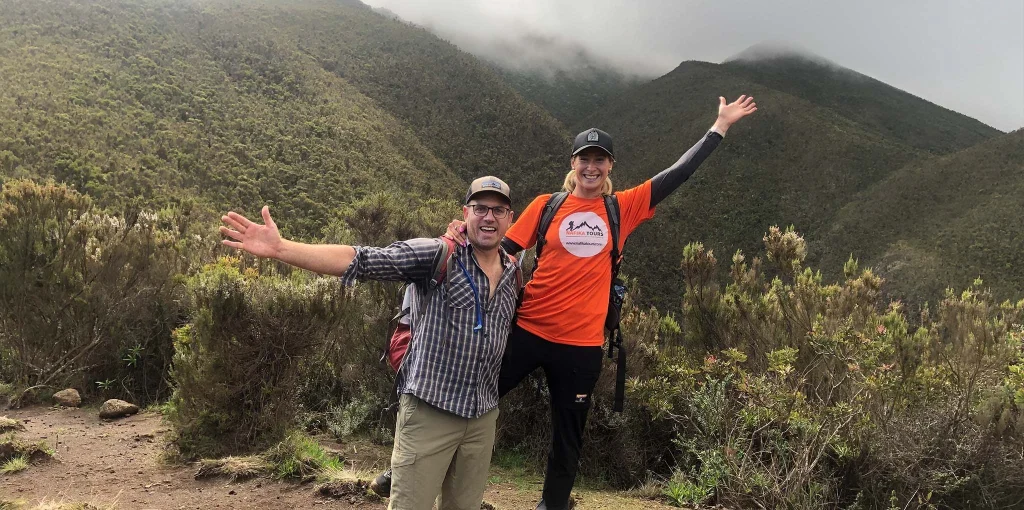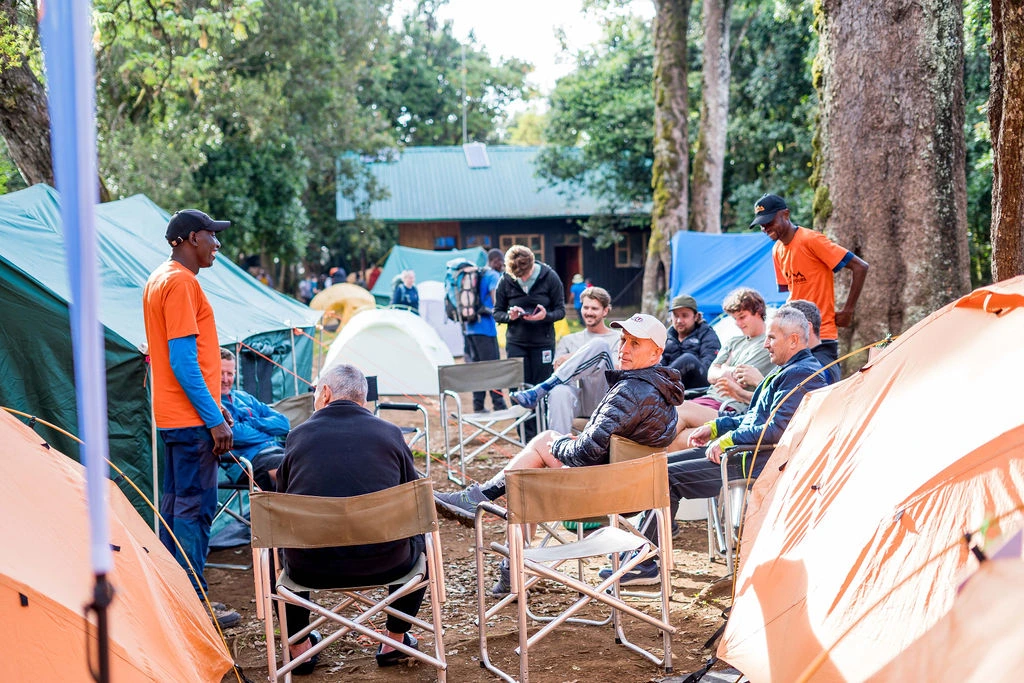Imagine standing at the foot of Mount Kilimanjaro, Tanzania’s majestic mountain, reaching high into the sky and promising an adventure of a lifetime. You’re excited and ready for the challenge. However, as you start climbing higher, you may notice the air getting thinner. This change in oxygen levels can lead to altitude sickness, something every climber should understand. Don’t worry! In this guide, we’ll explain altitude sickness and share tips on how to make your journey to the summit enjoyable and safe.
Altitude sickness happens when your body struggles to adjust to higher elevations, usually above 8,000 feet (2,400 meters). As you climb, there’s less oxygen in the air, which can make you feel unwell. Symptoms can vary from mild to severe, including headaches, nausea, dizziness, and shortness of breath. For some, it might feel like having a bad cold, while for others, it’s just a reminder to take it slow.
At Nafika Tours, we want everyone to have the best experience on Kilimanjaro, and part of that is helping you prevent altitude sickness so you can focus on the amazing journey ahead.
Altitude sickness doesn’t have to spoil your adventure on Kilimanjaro. With a few simple steps, you can prevent most symptoms or manage them effectively. Here’s how:
This is easier said than done if you live at sea level but if you are able to spend time at high altitude prior to the actual Kilimanjaro climb then this is the very best way to avoid altitude sickness.
Starting the climb in the best possible health and with an excellent level of physical fitness is imperative. If you are fatigued, unwell, or stressed you are more likely to suffer from altitude seconds. If you want some recommendations on how to prepare your body for the climb feel free to reach out to Nafika Tours and we will be happy to help you.

You need to keep your respiration rate low during the climb you should be able to maintain a normal conversation. If you are panting or breathing hard, you must slow down. Overworking your heart and lungs substantially increases your chance of becoming ill.
Your guides will tell you “pole pole (slowly slowly) throughout your climb. Because it takes time to acclimatize, your ascension should be slow. You will make slow and steady progress each day to allow for a successful summit, what we want you to achieve.
Climbing to a higher altitude during the day and then sleeping lower allows for better acclimatization. Most routes comply with this principle and additional acclimatization hikes can be incorporated into your itinerary.

Getting up in the middle of the cold night may be an unpleasant thought but altitude dehydrates you and the better you hydrate the quicker your body is able to acclimatize.
Even though you may not feel like it, you should eat as much as you possibly can at every meal. This will give you plenty of energy and help you to feel great. I find it also helps me to keep warm and sleep well at night, maybe with an extra layer of clothing.
Sleeping well in a tent is an acquired skill. Spend a few nights out in a tent with a sleeping bag prior to your climb so that you are prepared for the routine, and that your body is accustomed to sleeping in a sleeping bag on a hard surface.
Diamox is the prescription name for the generic drug acetazolamide. And, though acetazolamide is prescribed for the medical treatment of glaucoma, sleep apnea, epilepsy, and hypertension, it’s also used to prevent altitude sickness. You should consult with your doctor before taking it and let your Nafika representatives know if you are planning on taking it during your climb.

Relax and think positively. Although not pleasant, the vast majority of people suffer only mild altitude sickness. Do not think that every headache is cerebral edema and that every cough pulmonary edema as this is very unlikely. By relaxing and enjoying the climb you are far more likely to have a trouble-free experience.

Our Nafika tour guides are all experienced in identifying altitude sickness and dealing with the problems it causes with climbers. They are continuously watching you and speaking with you throughout the climb. Twice daily, in the morning and evening, our guides will contact health checks.
We use international standard equipment, and our guides are trained in first aid and equipped with personal protection gear.
Once a tour is booked, it is guaranteed to operate, even if there is only one client for the entire trip.
Our guides are trained to attend to each client's needs and adjust the program to ensure a personalized experience.